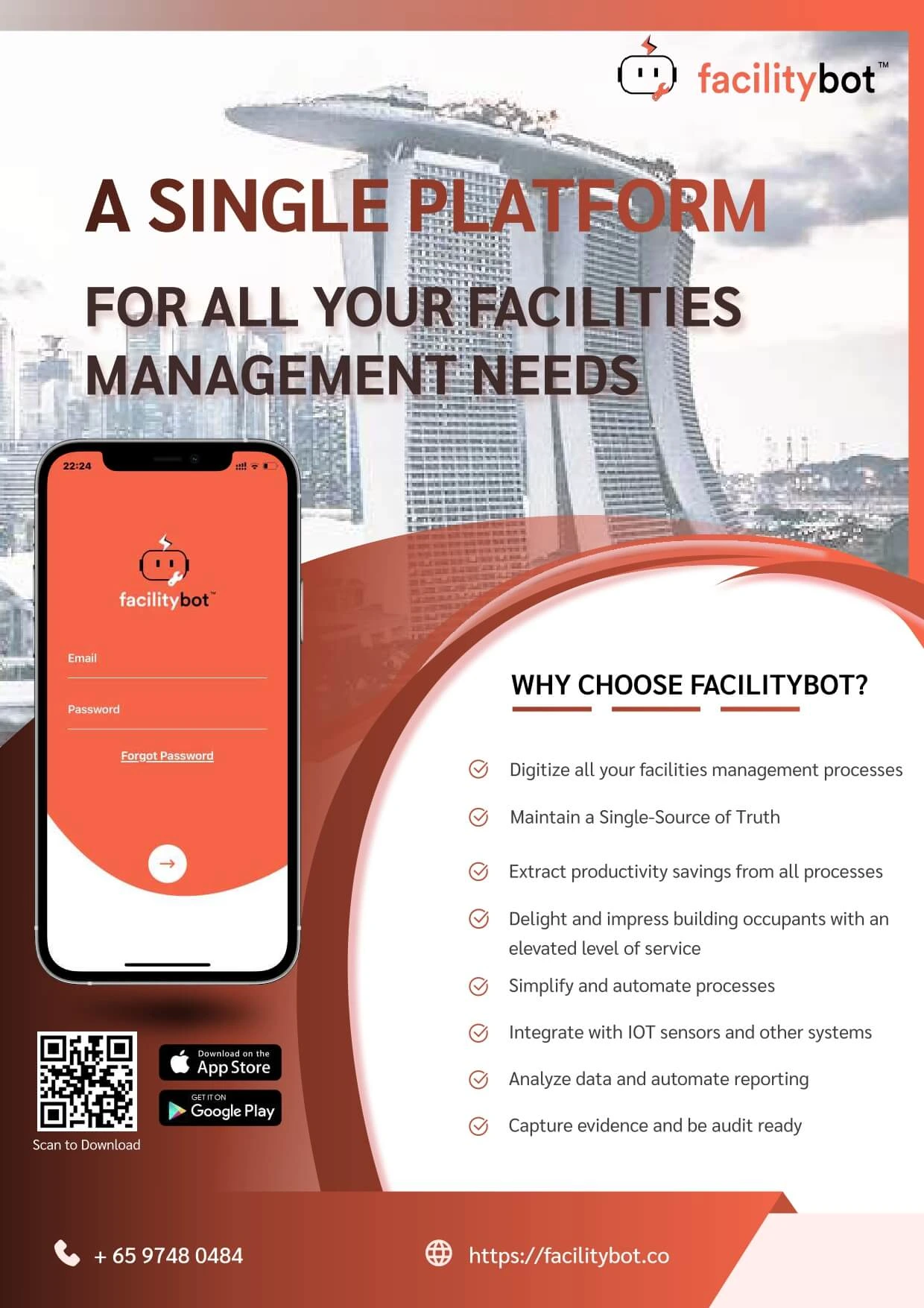Last updated on July 7th, 2023 at 04:56 pm
Routine maintenance is essential for the longevity and performance of assets, but it can disrupt normal business operations when equipment downtime is required. Effective scheduling and management of maintenance activities can significantly increase overall system availability. This article explores the impact of scheduled maintenance on business operations and the role of CMMS software in optimizing maintenance schedules.
The Business Impact of Scheduled Maintenance
Scheduled maintenance encompasses tasks like air filter cleaning and oil changes. Planning for such activities involves assigning technicians, ensuring availability of test equipment, tools, and parts, and considering the impact on business operations. In cases where machines are interdependent, such as assembly lines, maintenance downtime can lead to bottlenecks and affect overall efficiency. Flow rate calculations and the implementation of redundancy or modular approaches can minimize the impact of maintenance downtime.
Scheduled Maintenance Critical Percent (SMCP)
SMCP is an empirical tool used to determine the priority of planned tasks. It helps technicians choose between different activities based on task priority when not all tasks can be accomplished within the allotted maintenance time. SMCP is particularly useful for equipment that requires maintenance at regular intervals. Technicians can calculate SMCP using the formula:

Scheduled Maintenance Critical Percent = number of days late + number of days for a maintenance cycle number of days for maintenance cycles 100
SMCP is used for equipment that requires maintenance at regular intervals.
For example, Equipment A has a maintenance cycle of 60 days but has missed its last maintenance by 5 days. Equipment B has a maintenance cycle of 30 days but has missed its last maintenance by 2 days. Then

So, it is currently more critical to maintain Equipment A.
Considering Other Factors
While SMCP provides a useful framework for determining maintenance priority, real-world operations consider additional factors. Recent breakdowns, early warning indicators reported by operators (such as increased noise or vibration), and the use of sensors for predictive measurements contribute to maintenance priority decisions. These factors help identify potential issues and address them proactively.
Speed and Quality of Maintenance
Efficient completion of maintenance tasks without compromising quality is crucial for minimizing downtime. Analogous to tire replacements during F1 pit stops, every second counts. Digital checklists, with the ability to attach images and videos, facilitate easy oversight and capture rich data for subsequent maintenance analysis and decision-making.
Using CMMS for Maintenance Planning
Given the numerous factors involved in optimizing maintenance schedules, utilizing a Computerized Maintenance Management System (CMMS) is highly beneficial. CMMS software offers various advantages, including:
- Asset overview and maintenance schedule management
- Digitization and standardization of checklists, capturing check outputs
- Calculation of SMCP
- Gathering maintenance history, including previous checklists, fault reports, and notes
- Overall maintenance calendars for effective communication and planning
- Technician workload management and assignment
- Test equipment booking
- Monitoring spare part availability
CMMS software serves as a centralized repository for all maintenance activities. With cloud-based and mobile capabilities, modern CMMS solutions, like FacilityBot, enable technicians to access maintenance data from any device while on the move.
Conclusion: Optimizing scheduled maintenance plays a crucial role in reducing the impact on business operations. By leveraging CMMS software, businesses can streamline maintenance planning, prioritize tasks effectively, and enhance overall system availability. Experience the benefits of a cloud-based and mobile CMMS solution with FacilityBot, simplifying maintenance processes and maximizing operational efficiency.




